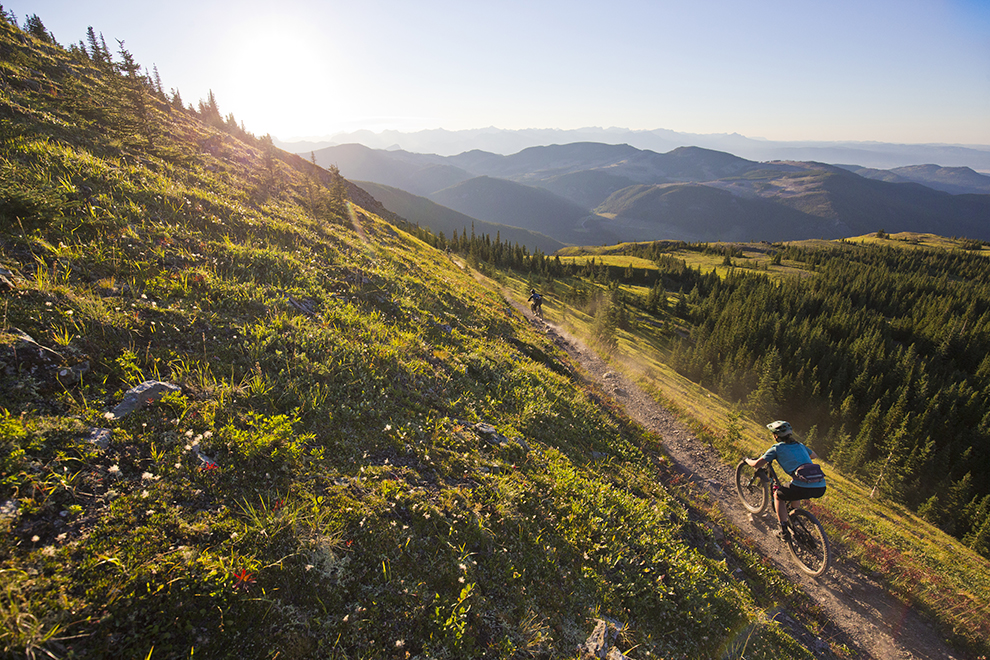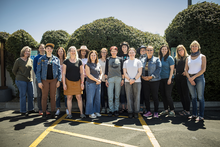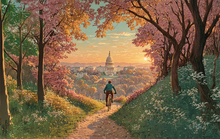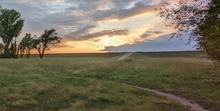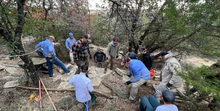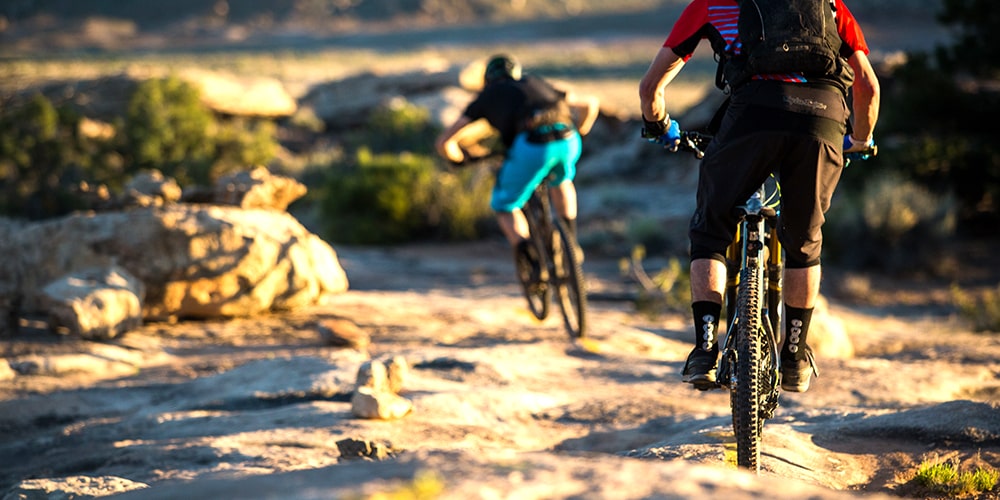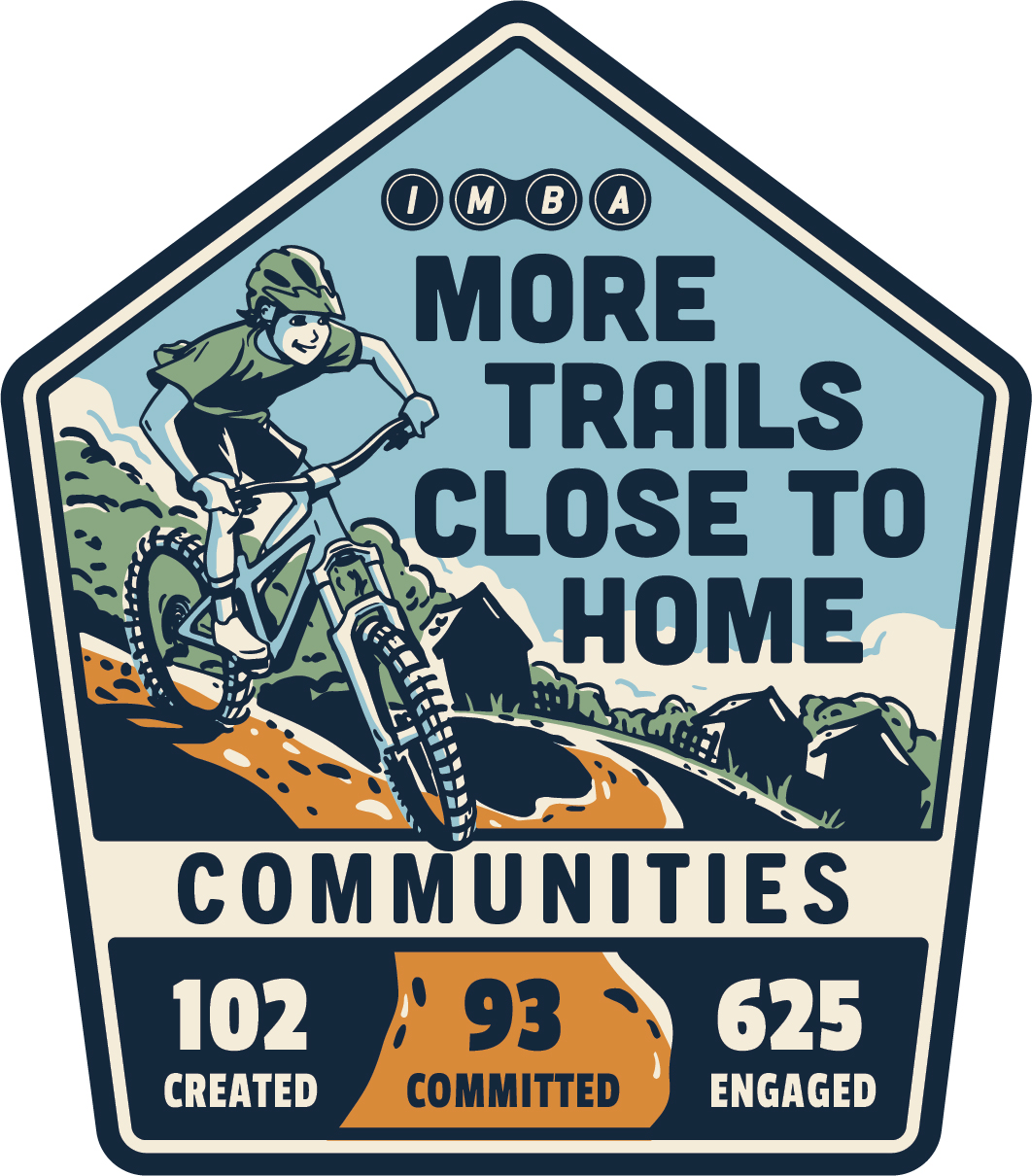Celebrating Women’s Mountain Biking Day 2025
City parks, county parks, open space. State parks, national parks, national forests. Wild and scenic rivers, national recreation areas, national monuments. The list of land designations goes on and on. Chances are you’ve hiked, biked, paddled or otherwise visited at least a few, be it from your front door or as an anticipated riding destination. But what is a land designation? What is a land management agency? Why does this matter for mountain bikers?
For the casual mountain biker and for eMTB riders, verifying that the trail you plan to ride is open to the bike you’re riding before you head out will save you from any trailhead surprises.
At IMBA we get questions from trail advocates across the country daily through engagement with Local Member Organizations and through Ask a Trail Builder. Before we can answer, the next step is almost always to learn more about the context from which the questions are coming, including where and what is the nature of the land, and what entity is the land manager? Who are the people stewarding and protecting outdoor recreation access now, and who came before?
Within this, we recognize all trails in our country are on stolen homelands of Indigenous Nations and deserve deep respect. Along with Trails are Common Ground, we remind ourselves and encourage you to educate yourself on a place’s heritage, acknowledge historical injustices, and support efforts that empower indigenous communities.
When mountain bikers start to dig into trail advocacy themselves or with their local trail organization, land management jargon shows up before you can say Bureau of Reclamation.
Among the 19 types of federal land designations that make up 428 protected places, National Parks and Wilderness Areas may be the most well-known. While a few National Parks like Cuyahoga National Park and Hot Springs National Park have great riding as a result of many years of advocacy and planning, these opportunities are rare. Congressionally designated Wilderness Areas do not allow mountain biking, but occasional land management boundary adjustments can improve trail connectivity for mountain bikers, as it did with the Bonneville Shoreline Trail Advancement Act that passed into law in 2022.
How do land managers and federal agencies decide what types of activities to allow in each type of land? And how can mountain bike advocates weigh in to protect and improve access to mountain biking on public lands?
IMBA has been working with federal land management agencies and local advocates since 1989 to navigate these planning processes to create, enhance and protect great places to ride mountain bikes. Through the decades, we have honed in on three federal land designations that can enact strong environmental protections while being mountain bike-friendly: National Monuments, National Recreation Areas and a new designation in Recreation Emphasis Areas. This isn’t a hard-and-fast rule, however. These designations aren’t always consistent. Language and landscapes vary, which is why engagement and advocacy plays a key role in every case.
In this series, we’ll explore the evolution of these three land designations, shine the spotlight on advocacy in action, and talk with the trail champions engaged in these efforts to hear what they learned in the process. From Montana ridgelines to the Colorado high country, the canyons of the southwest to the old growth forests of the southeast, iconic mountain bike trails across the country wind through these special, protected places.
Join us for part history lesson, part case study, part how-to. We hope this February blog series will inspire you to see the opportunities in your community, appreciate the long-game of trail advocacy, and get to know more tools in the advocacy toolbox for protecting great trails.
